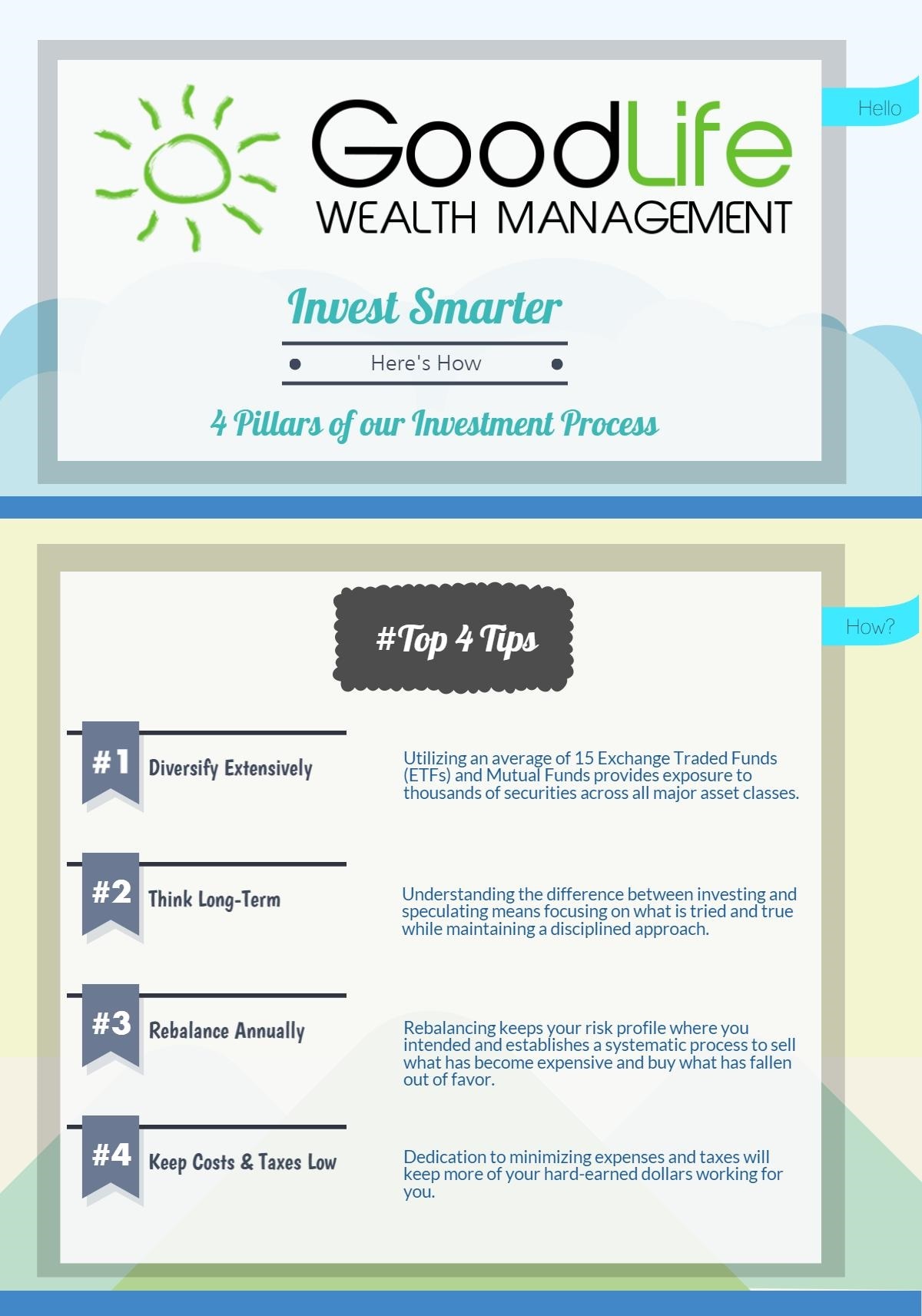Today’s low interest rate environment is challenging for investors. Cash is paying virtually nothing, and even the 10-year Treasury has a yield of only 2.3% to 2.4%. If you do invest in longer-dated bonds, you have the risk of falling prices if interest rates begin to rise.
Low interest rates have pushed many investors to seek out higher yielding securities. But, there is no free lunch, as higher bond yields come with lower credit quality, heightened risk of default, and increased volatility.
Treasury bonds are a good tool for portfolio construction, because they have a very low correlation to equities. However, if investors replace those very safe (but low yielding) Treasuries with high yield bonds, they are increasing the probability that both their equity and fixed income positions will be down at the same time.
In 2008, for example, as equities tumbled, the iShares High Yield ETF (HYG) was down more than 17% for the year. Although high yield bonds have a place, investors need to understand that junk bonds may not provide much defense when the stock market takes a dive.
Cautious investors have been hiding out in short-term bonds, which might be yielding 1% or less. And while that will limit losses if rates rise, no one knows how long we will be stuck with today’s low rates. If low rates persist for years, short-term bonds aren’t providing much return to help you achieve your investment goals.
As an alternative to taking the risks of chasing yield, or the opportunity cost of hiding in short-term bonds or cash, some investors might want to consider a Fixed Annuity. These come in a variety of formats, but I am only suggesting annuities with a fixed, multi-year guaranteed rate. These are sometimes compared to CDs, but it is very important that investors understand how annuities differ.
Here’s the attraction: we can offer up to 3.25%, principal and interest guaranteed, on a 5-year Fixed Annuity today. And that’s the net figure to investors, which is fairly compelling for a safe yield. It’s more than 1% higher than the SEC yield on a US Aggregate Bond Index fund, like AGG.
Here are five key points to help you understand how annuities work and determine if an annuity is a good choice for you.
- Tax-deferral. Annuities are a tax-sheltered account. While you don’t get an upfront tax deduction, an Annuity will grow tax-deferred until you withdraw your money. When withdrawn, gains are taxed as ordinary income, and do not receive capital gains treatment.
- Like an IRA, withdrawals from an Annuity prior to age 59 1/2 are considered a pre-mature distribution and subject to a 10% penalty. This is an important consideration: only invest in an Annuity money that you won’t need until after age 59 1/2. This is obviously easier for someone who is in their 50’s or 60’s compared to younger investors.
- Limited liquidity. Annuity companies want investors who can commit to the full-term and not need to access their principal. They may impose very high surrender charges on investors who withdraw money before the term is completed.
- At the end of the term, investors have several options. You can take your money and walk away. You can leave the money in the annuity at the current interest rate (often a floor of 1%). You can roll the annuity into a new annuity and keep it tax deferred. If the annuity is an IRA already, you can roll it back into your regular IRA brokerage account. Or lastly, you can annuitize the contract, which means you can exchange your principal for a series of monthly payments, guaranteed for a fixed period, or for life. I don’t think very many investors annuitize – most will walk away or reinvest into another annuity.
- Annuities are guaranteed by the issuing insurance company, and that guarantee is only as good as the financial strength of the company. Similar to how CDs are insured the by the FDIC, investors in Annuities are protected by your state Guaranty Association (Texas Guaranty Association). Since coverage for annuities in Texas is only up to $250,000, I would never invest more than this amount with any one company.
What I like about the annuity is that it can provide a guaranteed rate of return and price stability, unlike a bond fund. An annuity also can reduce a number of types of portfolio risks, such as interest rate risk, default risk, and will have no correlation to equity returns.
Is an annuity right for you? You should be able to invest the funds for at least 3-7 years and have ample money elsewhere you can access in case of an emergency. You can invest money from an IRA or a regular account, but either way, should not plan on withdrawing money from an annuity until after age 59 1/2. And we’re only using money that would have otherwise been allocated to bonds, CDs, or cash in your investment portfolio. If this describes you, please give me a call at 214-478-3398 and we can discuss Fixed Annuities and their role in your portfolio in greater detail.
Please note that as an insurance product, an annuity will pay the issuing agent a commission. Clients are not charged an AUM fee on monies invested in Annuities. We aim to disclose all conflicts of interest and provide transparency on how we are paid.









